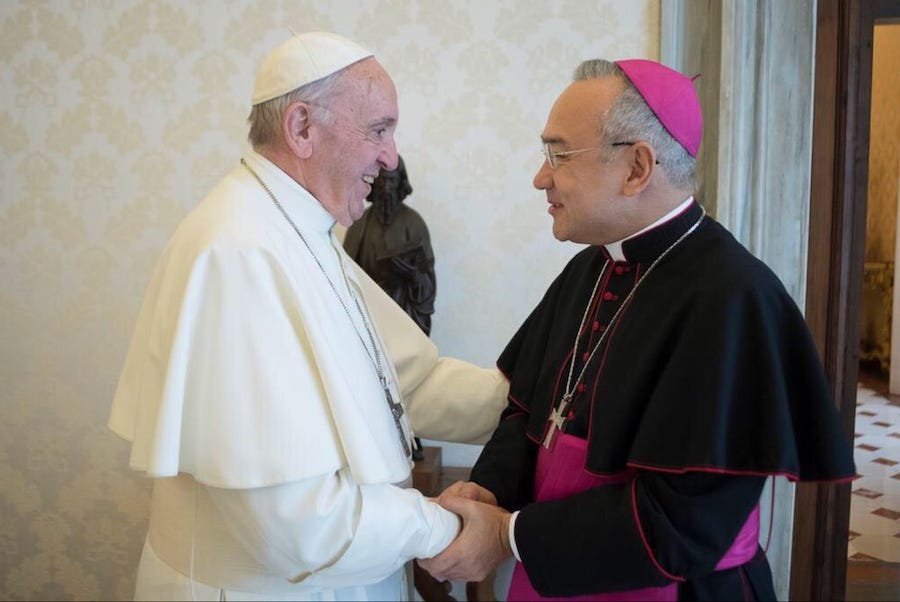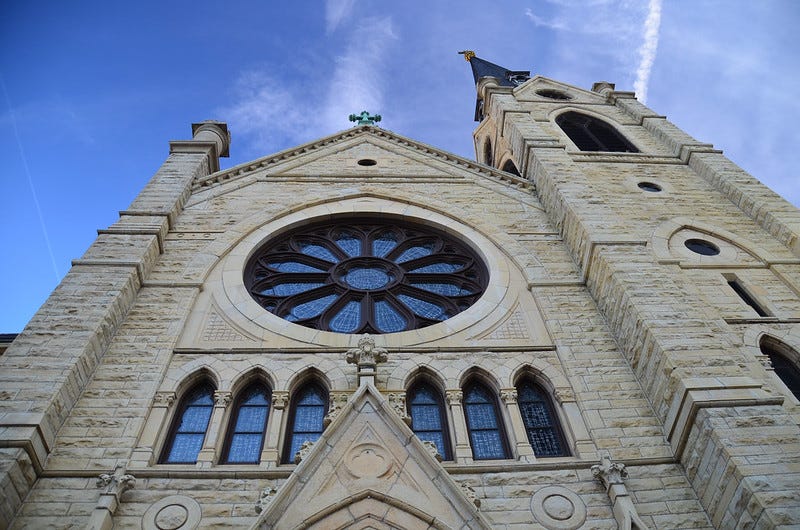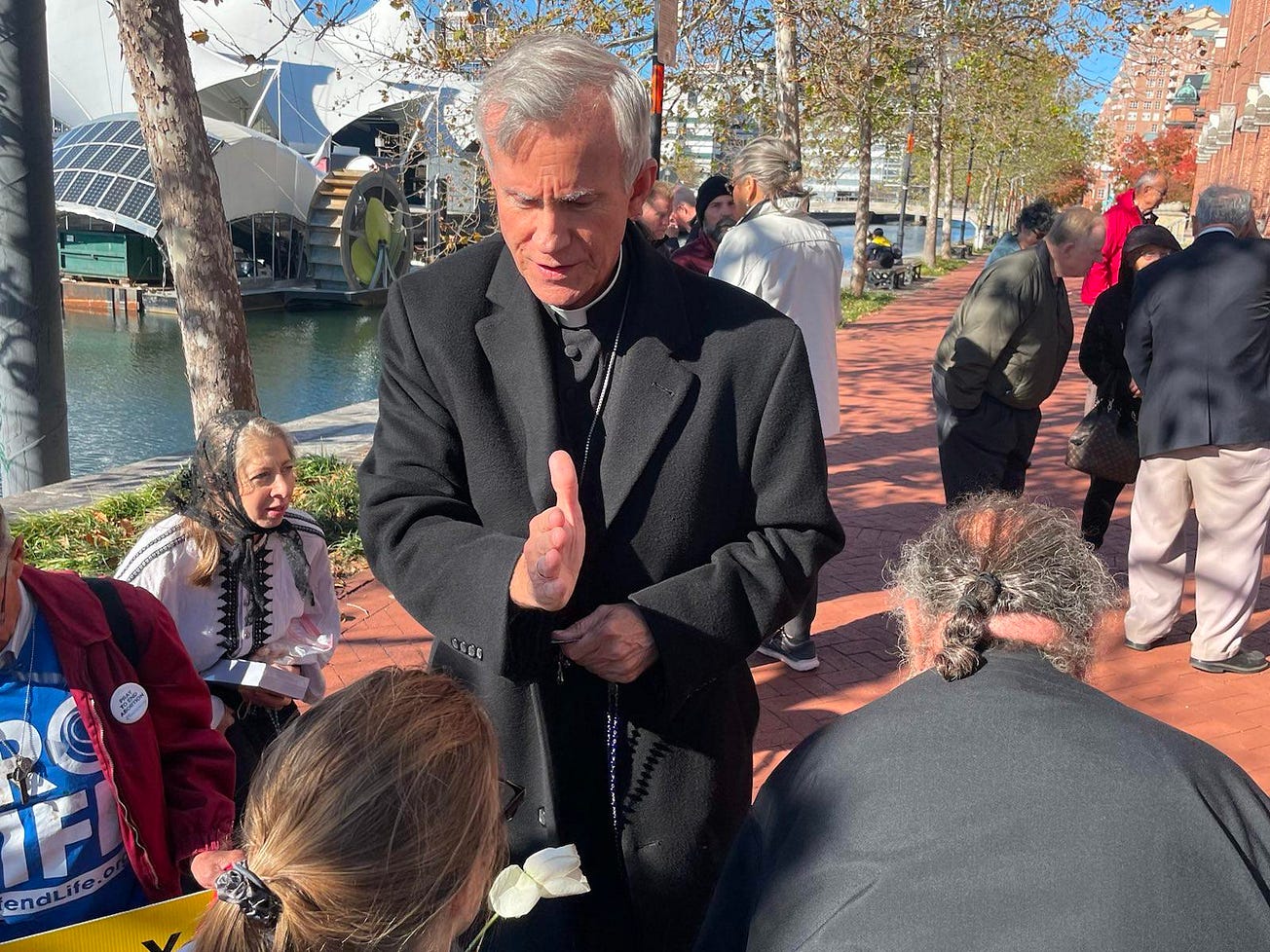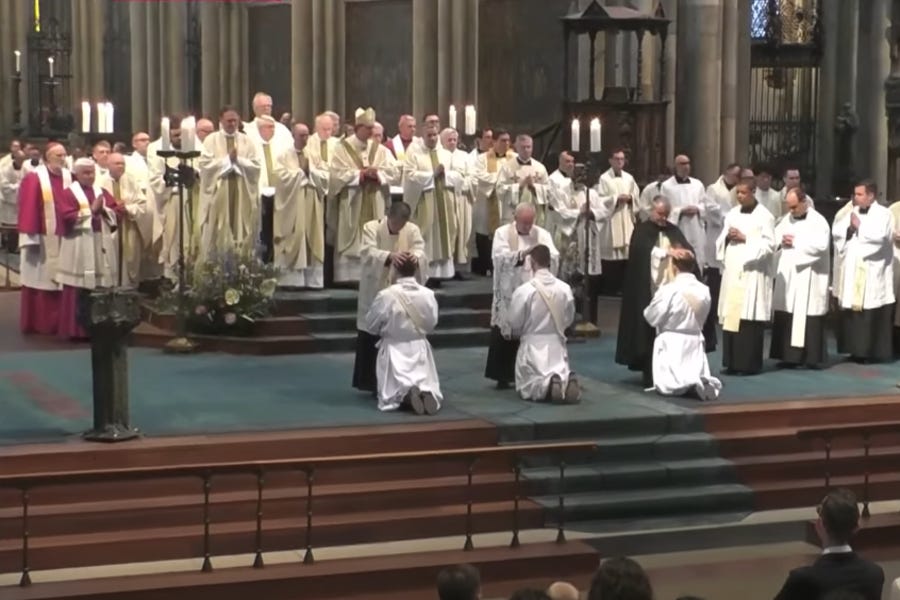The Vatican Secretariat of State’s “extraordinary procedure” to reinstate a laicized priest, blocked this week by the Dicastery for the Doctrine of the Faith, may prove to be the most significant Vatican story of the year.
Little is known, as yet, about why sostituto Archbishop Edgar Peña Parra issued an order trying to reinstate a man convicted of child sexual abuse by two interdiocesan tribunals in Argentina.
But his decision to do so, and the DDF’s move to publicly void the attempt, raises real questions about the role of Pope Francis, the rule of law, and the exercise of power in the Vatican.
—
According to canon law, Ariel Alberto Príncipi’s case was clear — convicted on multiple counts of abuse of minors by two local courts and laicized, his line of appeal was to the Dicastery for the Doctrine of the Faith, and ultimately to the pope personally, but through the same department.
Instead of that process, “subsequent evidence presented by some diocesan bishops of Argentina” (though it is not clear to whom it was presented) led to the a statement from the deputy of the papal secretariat, saying he had overturned the entire canonical process and its results and convened his “extraordinary procedure” to reinstate the priest to limited ministry, finding him guilty only of unspecified “reckless” behavior.
It is not known who else, if anyone, was involved in Peña Parra’s attempted star chamber process, which seems to have considered only the “evidence” presented by advocates and allies of Príncipi, and to have proceeded without reference to the victims, Church prosecutors, or the Vatican department with sole jurisdiction of the case.
To canonical ears, the entire process seemed as obviously “illegal” as it was “extraordinary.” The emphatic action from the DDF’s Archbishop John Joseph Kennedy to void the whole attempt and declare the case closed suggests his department came to the same conclusion.
But if the law is clear, and the canonical results now settled, it remains strikingly unclear how or why Peña Parra imagined his intervention could possibly stand — or how he came to be involved in a case nowhere near his office’s remit in the first place.
Regarding the latter question, there are several possible answers.
For years, officials in the DDF’s disciplinary section have complained privately about attempted interference from the Secretariat of State in high profile abuse cases. Often, this is because local bishops will direct their own lobbying efforts via the papal nuncio, who in turn passes what he’s asked or told up to the state department in Rome.
And it is possible that in the Príncipi case, the priest’s supporters among the Argentine episcopate did just that. Still, that goes nowhere to resolving the question of why the sostituto took it upon himself to try to overturn an entire canonical process and convene his own.
The more likely answer is that appeals on Príncipi’s behalf were presented outside of any ordinary channel of communication and made their way to Pope Francis personally, who handed the matter off to his chief of staff with some instruction — either direct or implied — for Peña Parra to resolve the matter.
Of course, if the pope were to circumvent the entire canonical process for handling accusations of child sexual abuse — a process he has staked much of his pontificate on strengthening, at least on paper — to reinstate a guilty priest as a favor to friends, it would be a scandal of cataclysmic proportions for Francis.
But none of the publicly available information so far indicates that Peña Parra was acting on papal instructions, or lends direct pontifical weight to his actions. So weighing Francis’ potential involvement in the case suggests, on balance, three possibilities:
One, Peña Parra was acting on explicit instructions from the pope — but with equally explicit instructions to keep his name out of the affair. This is, to put it mildly, the most inflammatory possibility, since it would suggest Francis not only wanted to reinstate a guilty cleric but that he acted to do so in a way which recognized the potential scandal and sought to insulate himself from it.
Two, Pope Francis handed off whatever appeals on Príncipi’s behalf he received to his chief of staff with instructions to “do something” with them, and from there Peña Parra took it upon himself to act as a sort of first and final court of canonical appeal, over and above the DDF.
Three, the pope wasn’t actually involved directly — instead Peña Parra was himself petitioned by Príncipi’s friends and took it upon himself to act on his behalf, informing and involving Francis only vaguely to secure his tacit approval.
Options two and three require an almost invincible level of hubris from the sostituto, though it should be noted that Peña Parra, like his predecessor Cardinal Angelo Becciu, has in the past demonstrated a belief that he is above the law when he considers any action to be in the interests of the Church, however he defines it.
Option one requires that the pope act with the worst kind of malicious intent by circumventing the canonical process, invalidating the suffering of Príncipi’s victims, and moving to insulate himself from direct responsibility.
Parsing the likelihood of each possibility, it’s necessary to factor in the speed and finality with which the DDF’s Archbishop Kennedy was able to overturn Peña Parra’s actions — and in the process delivering a pointed public humiliation to probably the single most powerful and influential curial official in the Vatican in practice, albeit not on paper.
—
While it is possible Kennedy acted on his own (entirely legal) authority in this matter, presenting Francis with a “back me or sack me” choice, for him to do so without the reasonable expectation the pope was already on his side would have meant he was taking a potentially career-ending gamble to stand up for the rule of law in the Church.
There is no reason to believe Kennedy incapable of such heroism but, given he’d met with the pope in private audience in the days after Peña Parra’s intervention, it seems unlikely he acted with no sense of Francis’ mind on the matter — although that’s possible, given that his audience seemed to be a kind of family meet-and-greet.
More to the point, there’s every reason to consider that the DDF prefect and close papal collaborator, Cardinal Víctor Manuel Fernández, also had a role to play in events.
At the time of his appointment last year, Fernández was famously excused — not to say excluded — from direct involvement in and oversight of the work of Kennedy’s department.
While the cardinal has been clear he is staying out of his own dicastery’s handling of abuse cases, though, he has also gone on record as saying he remains “close” to the work “not to interfere in their work, but to support them so that they work freely and without pressure.”
It is at least possible, perhaps highly likely, that Kennedy would have kept the cardinal informed of the DDF’s view of Peña Parra’s actions in the Príncipi case — and what they mean for the dicastery’s authority and credibility, to say nothing of the rule of law and justice.
It’s equally possible, and perhaps equally likely, that Fernández could have intervened with Francis over the matter and defended his department’s independence and ability to work “without pressure” as he promised.
Allowing for, if not assuming, some initial papal support for Peña Parra’s actions, Francis may well have been more receptive to representations from an old friend than he would be to Kennedy alone, however justified the archbishop’s complaints might be.
—
However the events in the Príncipi case actually played out, the situation now is clear: the papal chief of staff put his name to an act attempting to circumvent and upend the Church’s entire legal process for handling the most sensitive issue in ecclesiastical life to reinstate a twice-convicted child abuser, before he was publicly overruled by another department.
In the ordinary course of events, one would expect consequences.
If a diocesan bishop had attempted something similar — and it’s worth noting Peña Parra’s actions are prima facie just as illegal for a sostituto as they would be for the bishop of a diocese — he would receive an immediate demand for his resignation.
And one might reasonably expect that, had Peña Parra acted entirely on his own initiative, Francis would be incandescent with his chief of staff.
But, of course, Peña Parra has not resigned, nor is there any indication, as yet, he will be asked to do so. And continued tacit papal support for Peña Parra will universally, and reasonably, be seen as a vote of confidence from Pope Francis on his handling of the matter, despite the scandal.
Reflexive critics of the pope will conclude it is proof that Peña Parra was acting under papal orders, and that it was Francis who ordered Príncipi’s reinstatement as a favor to friends in Argentina.
Francis’ partisans will, in turn, insist there is nothing to see here beyond curial political drama, that all's well that ends well, and the end result shows the system is working.
But the sostituto’s actions cannot be interpreted or waived away as a mere miscommunication or unfortunate misunderstanding — one does not accidentally attempt to overturn two interdiocesan tribunals and reinstate a child abuser to the clerical ranks.
Nor is Peña Parra likely to suffer the humiliation of being publicly countermanded lightly — he is, after all, the man who ordered (and defended in court) placing illegal wiretaps on a Vatican bank official who had the temerity to refuse his office a loan request.
However hard all sides might agree to let the matter pass from public view as quickly as possible, behind the scenes the Príncipi case is likely to have serious repercussions. The question now is, for whom?
The answer could say everything about the real dynamics of law and power in Francis’ Vatican.





